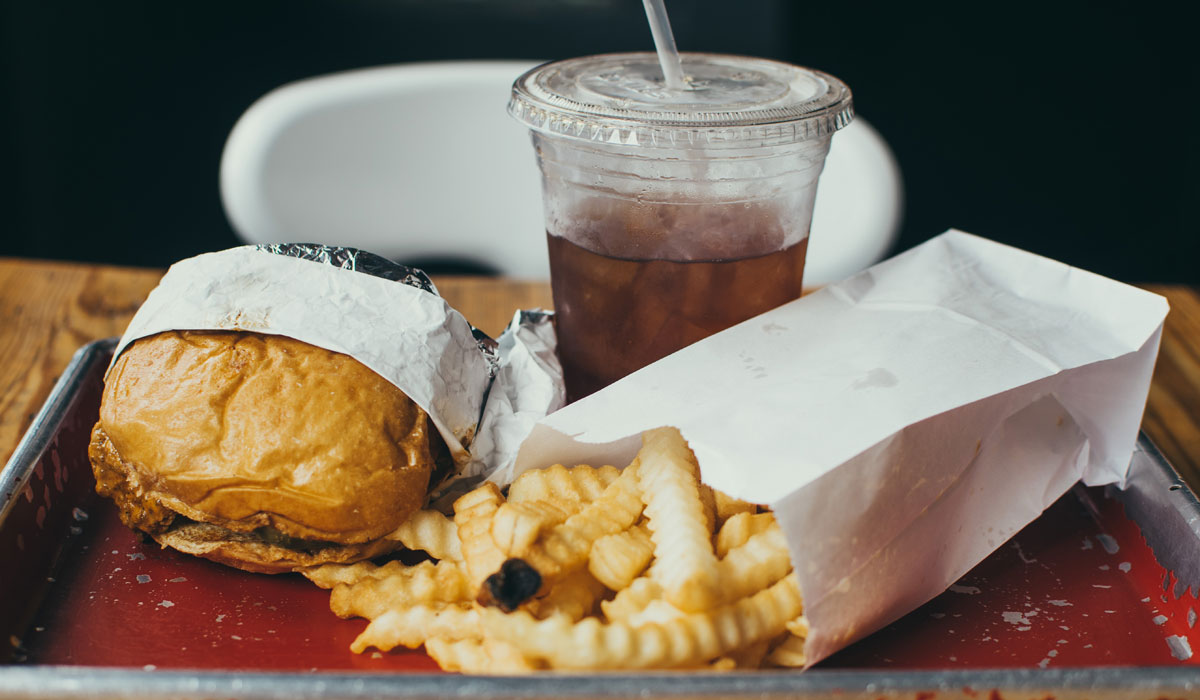With 2020 right around the corner, quick-service restaurant and fast-casual executives must feel caught between a rock and a hard place. Store traffic is declining, employee turnover is at record levels and oh, by the way, is delivery really working?
These issues raise legitimate concerns and questions because it does not appear they are going to go away any time soon. Take traffic. TDn2K’s Black Box Intelligence reported that same-store traffic for restaurants in November was negative 0.9 percent and that represented the best month since January. Plus, a late Thanksgiving will not help December results. No wonder TDn2K vice president Victor Fernandez said restaurants need to get used to “a new world of persistently eroding guest traffic.
The employee turnover situation is similarly unattractive. The National Restaurant Association (NRA) reported that turnover rate of 74.9 percent in the hospitality industry (restaurants plus accommodations) in 2018 was the highest since the Great Recession began in 2008. A recent TDn2K People Report said that “turnover for non-management employees is at historically high levels.” All of this comes at a cost, which the NRA estimated at $150,000 per restaurant per year.
Is delivery the answer? Certainly, it’s been at the forefront of industry conversations in recent years, but it still only provides about 3 percent of sales. It also costs money, and we haven’t heard of many that have proven that delivery provides incremental dollars rather than a cannibalization. At the end of the day, it seems clear that in-store sales are more profitable, and on-premises dining still accounts for 37 percent of all restaurant orders. Drive-thru accounts for 50–70 percent of quick-service and fast-casual sales, and the bulk of these are from customer orders at the store level.
Therefore, we think It’s time for restaurateurs to get back to basics by communicating better with their on-premises customers. This is a lower-cost, high-return strategy that addresses the traffic and turnover issues, can pay big dividends and improve the customer experience. Here’s a three-step process to follow:
Menu Engineering
This is the first step toward being able to increase check size in order to offset declining traffic. Menu engineering is the process of breaking down your menu—item by item—analyzing each item’s performance and then developing a menu strategy based on those metrics. In brief, a solid menu strategy prioritizes each menu item on its importance to the brand. It includes a specific action plan for how each menu item and/or category will contribute to the brand’s business performance. It designates the resources needed to carry out the plan. It provides specific goals and measures to evaluate results. Finally, it has been shared throughout the organization and all significant stakeholders have bought in.
The menu strategy is based on comprehensive research, including a review of results from the current Menu Strategy, market needs and economic factors, the competitive landscape and regulatory climate, technological issues and consumer research. The key elements in the strategy are to one, establish business objectives, two, identify/prioritize your food platforms, three identify/prioritize key opportunities, four leverage critical success factors, such as products that differentiate you from the competition, five understand critical weaknesses, and six, Identify threats and risks.
Optimize Your Menuboards
One way to offset the costs of high employee turnover, including insufficient training, is make your in-store communications work harder and more effectively. The menuboard is the place to start because research shows that 56 percent of customers can be influenced by it and 74 percent of consumers say that an easy-to-read menuboard is a top priority. Clearly, your menuboard is one of your strongest marketing tools. However, to be truly effective, it must be data- and strategy-driven, as follows:
- Conduct consumer research to determine how customers perceive and use your menu.
- Undertake a space to sales analysis to determine the amount and prominence of space given to specific menu items and categories.
- Rank current and new products by sales, margin and operational complexity.
- Develop your new menuboard’s strategic layout and organization.
- Validate the effectiveness of your optimized menuboard through quantitative consumer research and in-store testing.
You can see that having a sound menu strategy in place makes menuboard optimization much easier.
Support Your Menuboard with Staged P2P Messaging
While the menuboard itself is arguably the most critical communicator in a quick-serve, there are many additional opportunities along the customer path-to-purchase (P2P) to influence buying decisions. That’s because every store is a series of different customer zones (entry zone, pre-order zone, order zone, pick-up zone, etc.) In each zone, customers have different needs attitudes and behaviors, just as brands will have different business objectives. Your communications must take that into account.
For example, entry zone merchandising can introduce the idea of a combo meal. The pre-order zone can then show featured combo offerings, and the menuboard in the order zone can close the deal by listing all the combo offerings on the main menuboard with pricing and additional details. This approach is another way to increase check size through upselling and bundling to offset lower traffic. It is also a particularly effective way to communicate Limited Time Offerings.
Tom Cook is a principal of King-Casey a premier restaurant consulting firm that has helped leading QSRs and Fast Casual restaurants develop their brands and maximize revenues and profits.








